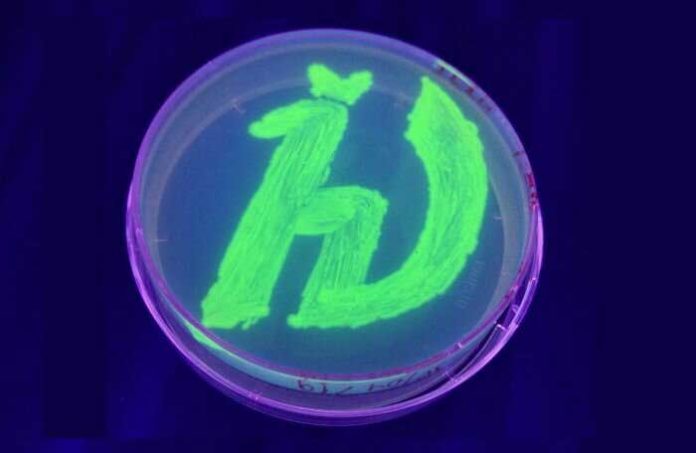Biophysicists at Moscow Institute of Physics and Technology in collaboration with colleagues from France and Germany have created a new fluorescent protein that glows when exposed to ultraviolet and blue light.
This exceedingly small protein could also hold prospects for fluorescence microscopy and remains intrinsically stable and active under high temperature. Previously developed fluorescent proteins had several flaws: including- they were vulnerable to heat, fairly bulky, and only glow in the presence of oxygen.
Paper’s lead author Vera Nazarenko from the MIPT Laboratory of Structural Analysis and Engineering of Membrane Systems said, “For one thing, our protein is more thermostable than its analogues: It only denaturates at 68 degrees CelsiusFor one thing, our protein is more thermostable than its analogues: It only denaturates at 68 degrees Celsius. It is also miniature, while most of the currently used fluorescent proteins are rather bulky. On top of that, it can emit light in the absence of oxygen.”
Scientists identified the protein with these remarkable properties in the cells of a thermophilic bacterium—that is, one which lives in high-temperature environments, such as hot springs. They then gene edited a DNA sequence that generated the protein’s fluorescent segment but not the other parts, which would make the molecule larger.
By introducing the gene that encodes the protein into the cells of another bacterium, Escherichia coli, scientists turned it into a factory mass-producing the fluorescent protein with unique properties.
Scientists are now studying the processes that occur in living cells have been waiting for a protein combining these crucial features for a long time. By introducing it into cells, they can now obtain essential data on cell life and death. To name a few applications, fluorescence microscopy is seen as one of the best tools for investigating the mechanism behind malignant tumor genesis and development. It is also useful for research on cell signaling and organ development.
The proteins previously used in fluorescence microscopy were bulky and thermally unstable, putting limitations on the method. Thanks to the MIPT team, that obstacle has been eliminated.
The authors of the paper, published in the journal Photochemical & Photobiological Sciences.
